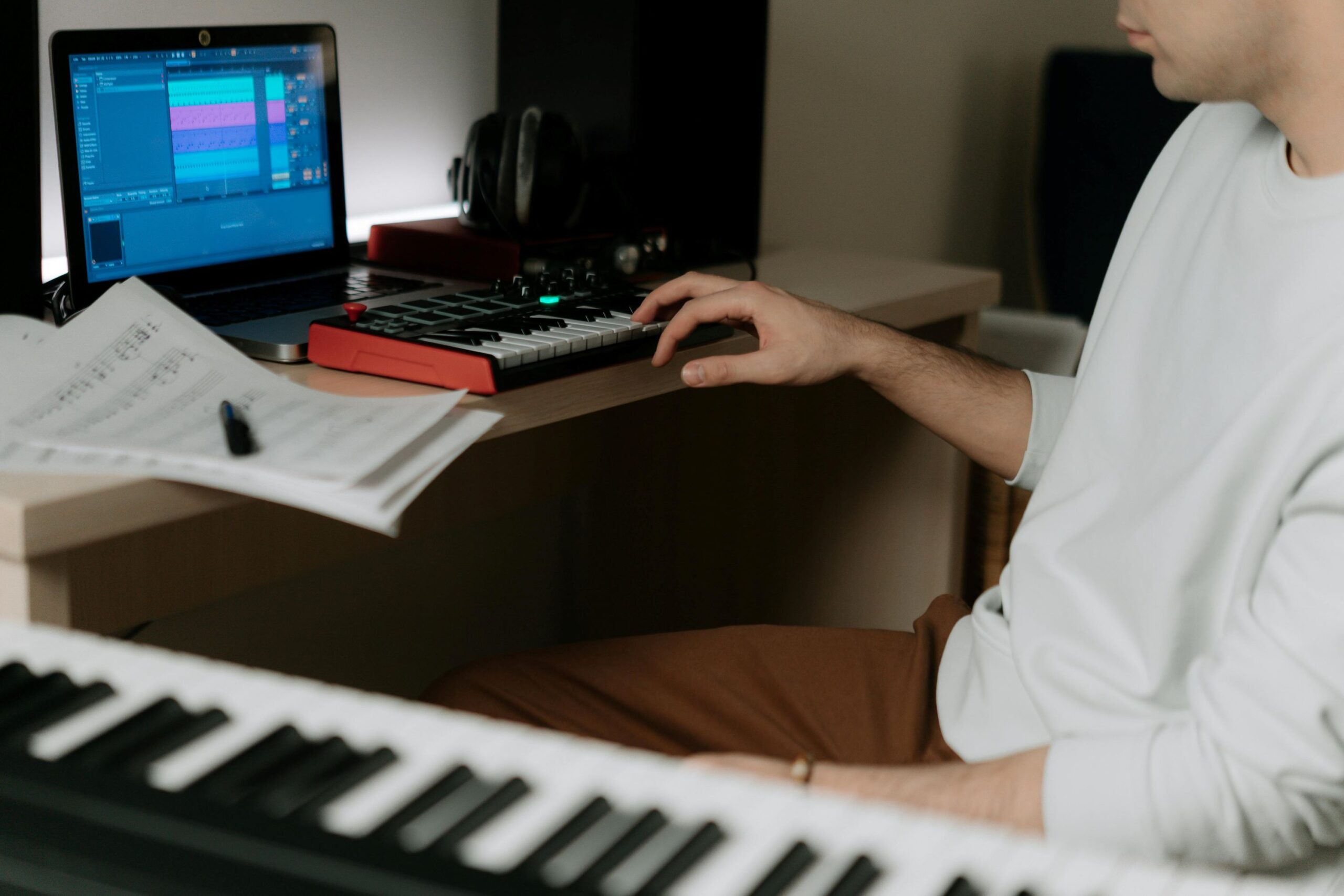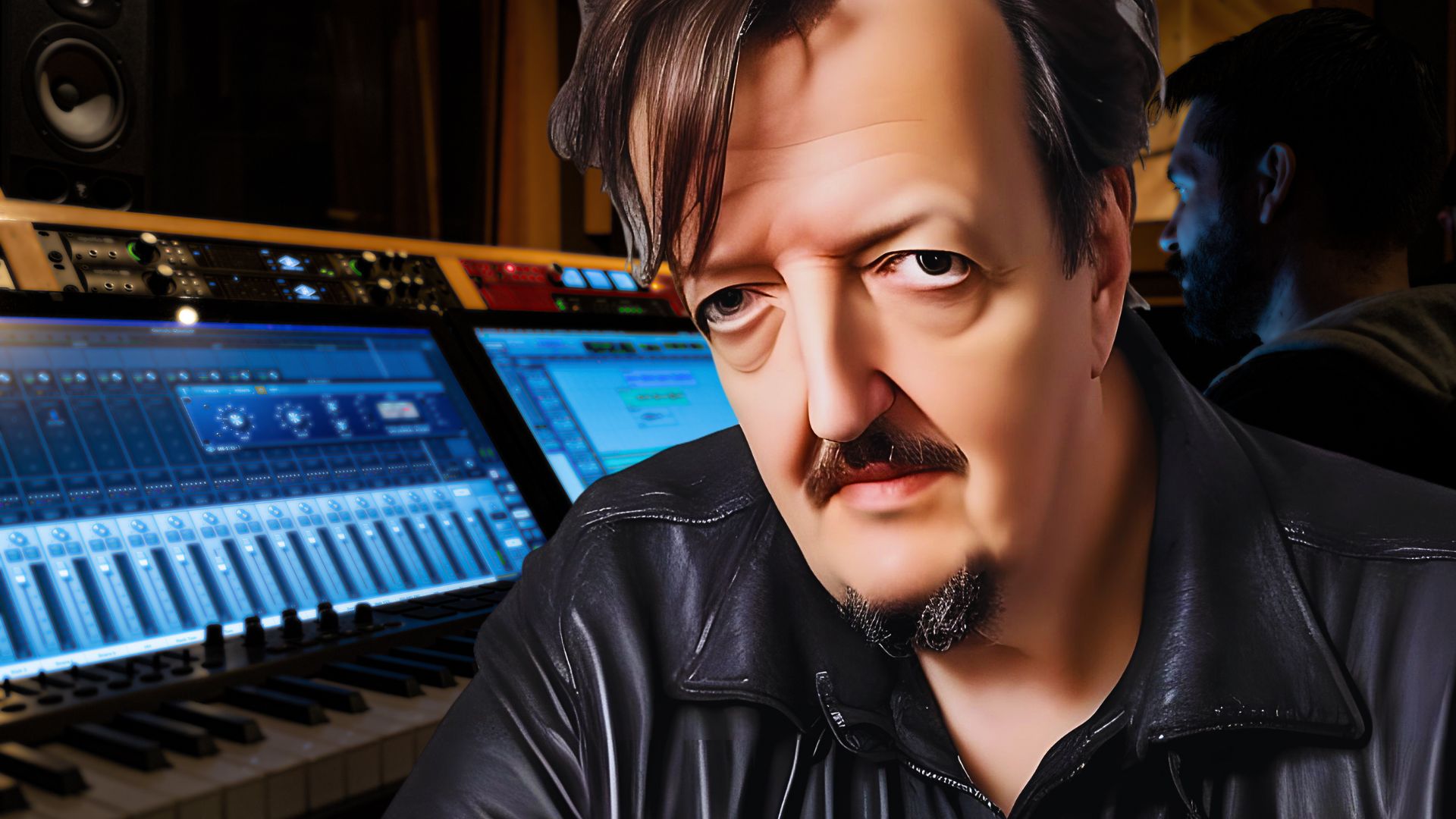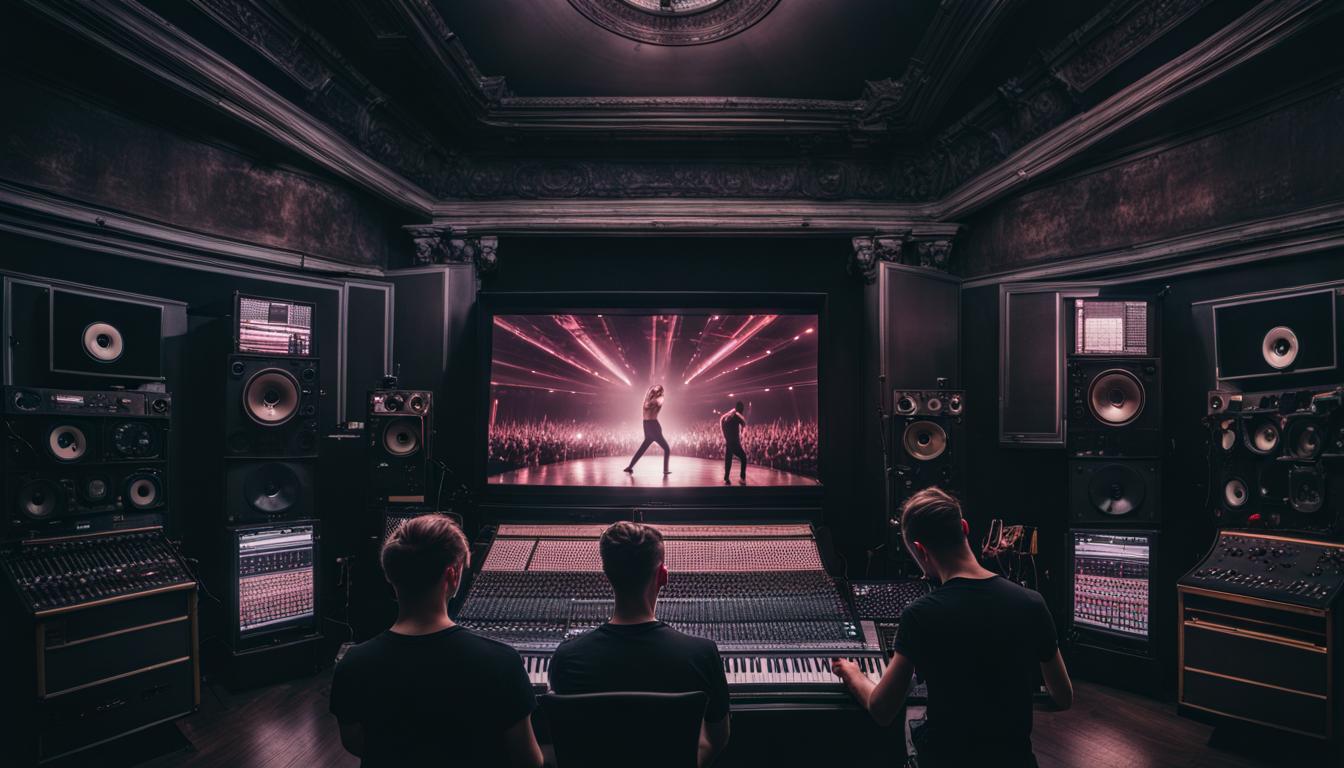Film soundtracks play a pivotal role in shaping the viewer’s emotional experience and enhancing the narrative structure of a film. As a musician deeply involved in the realm of music creation, particularly in the dance music act Club of Tone and as the solo creator of Topazz, I appreciate the intricate relationship between music and visual storytelling. This essay will delve into the fundamentals of composing film soundtracks, exploring their dual nature in evoking emotions and aligning with the dramaturgical structures of a cinematic piece.
Emotional Resonance
One of the primary functions of a film soundtrack is to elicit and enhance emotions within the audience. As a pianist and keyboardist, I understand the power of melody, harmony, and rhythm in conveying a wide range of emotions. Film composers must be adept at translating the nuances of a scene into musical elements that resonate with the viewer’s feelings.
For instance, a poignant scene may call for a slow and melancholic piano melody to underscore the characters’ emotions, while an action sequence may benefit from dynamic electronic beats and intense orchestrations. The emotional impact of a film soundtrack lies in its ability to synchronize with the narrative’s tone and create a powerful synergy that heightens the viewer’s connection to the story.
Dramaturgical Structures
Beyond emotional resonance, film composers must also navigate the intricacies of dramaturgical structures to enhance the overall cinematic experience. The soundtrack acts as a sonic guide, emphasizing key plot points, transitions, and character developments. Understanding the narrative arc and thematic elements of a film is crucial in composing a soundtrack that seamlessly integrates with the visual storytelling.
For instance, the use of leitmotifs – recurring musical themes associated with specific characters, places, or emotions – can provide a cohesive thread throughout the film, contributing to a unified and immersive viewing experience. Additionally, the careful selection of instrumentation and musical motifs can mirror the rise and fall of tension, creating a dynamic interplay between the auditory and visual elements of the film.
Collaboration and Adaptability
Successful film composers recognize the collaborative nature of the filmmaking process. Working closely with directors, editors, and other key stakeholders is essential to understanding the vision for the film and tailoring the soundtrack accordingly. Flexibility and adaptability are paramount, as the musical composition may need to evolve based on changes in the editing or pacing of the film.
Conclusion
In conclusion, the art of composing film soundtracks requires a delicate balance between evoking emotions and aligning with the dramaturgical structures of a film. Drawing on my experiences as a musician and creator, I appreciate the nuanced interplay between music and cinema. As a composer, the ability to harness the emotional potential of music and integrate it seamlessly into the narrative fabric of a film is a testament to the profound impact that a well-crafted soundtrack can have on the overall cinematic experience.





